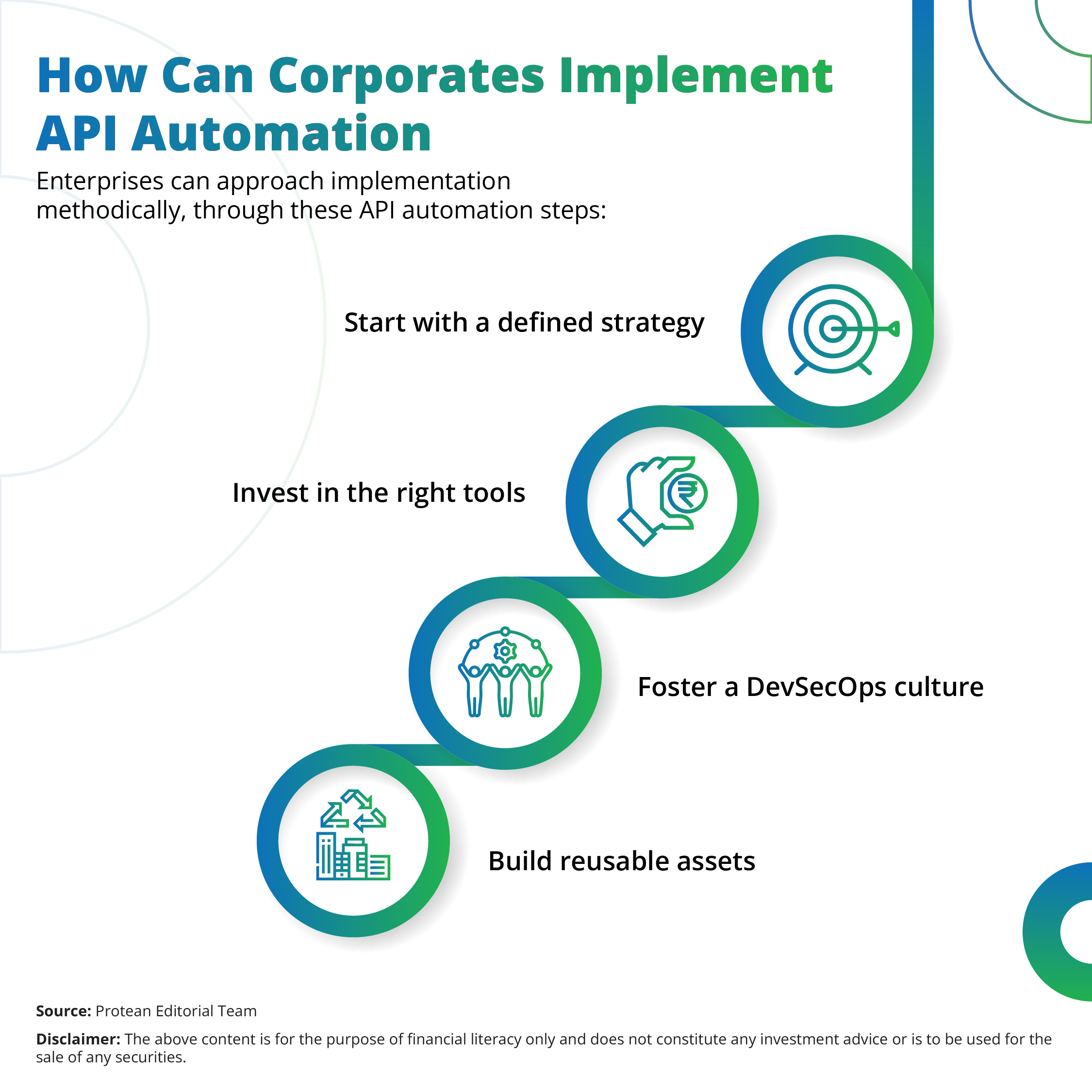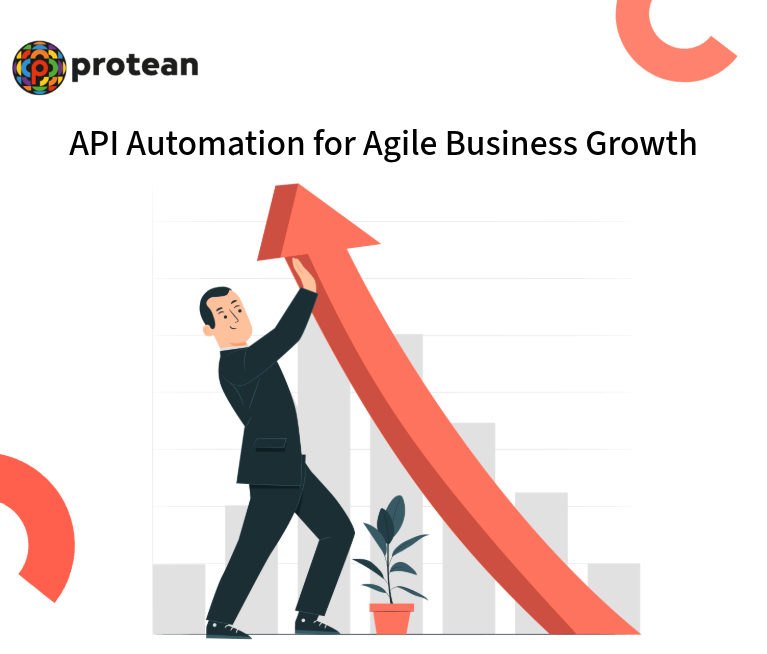Are you looking for API automation?
But what is API automation? API automation can mean the use of tools, scripts, and platforms to automatically execute tasks across the entire API lifecycle. API automation can cover everything from:
- Creation and testing
- Deployment
- Management
- Monitoring
Today, businesses need to evolve in the DevOps and microservices-driven environments.
Thus, API automation can play an important role in:
- Streamlining operations
- Maintaining consistency
- Enhancing scalability
Let us learn more about API automation, API automation testing and more.
What is API Automation Testing
API automation testing is a major component of API automation. It can automate the validation of an API’s functionality, reliability, and security.
Thus, it can ensure APIs deliver as expected under various conditions without requiring manual oversight. This can also allow organisations to detect issues early and deploy confidently.
API Automation for Agility and Responsiveness
Here’s how API automation can make your business more agile and responsive:
1. Accelerating the Development and Release Cycle
With API automation, you can:
- Enable faster development
- Deploy new digital products or services without manual intervention
- Strategically automate repetitive tasks
Here’s an example.
Automated CI/CD (Continuous Integration/Continuous Deployment) pipelines can be integrated with API workflows. This can ensure that changes are deployed safely and rapidly.
The adoption of an automated API management system led to India's digital transformation and formation of modern enterprise architecture.
This agility is vital for entering new markets or responding to shifting consumer preferences. In highly regulated sectors like finance and healthcare, compliance timelines are essential. Here, API automation can ensure faster delivery while remaining audit-ready.
Learn more about using Protean’s API here.
2. Enhancing Quality and Reliability
API automation testing can help mitigate the risk of quality compromise.
For this, it can do the following:
- Provide continuous feedback
- Validate throughout the development lifecycle
- Tools like Postman, SoapUI, and REST Assured can enable automated test scripts to verify endpoints for accuracy, performance, and security vulnerabilities.
- Build trust across teams and with end-users
- Automated error detection and logging can minimise downtime and allow businesses to proactively address issues.
3. Enabling Seamless Integration and Collaboration
Modern enterprises often operate in fragmented ecosystems where internal departments and external partners must collaborate in real time.
API automation can facilitate standardised and automated API integrations. Thus, businesses can securely share data across applications, teams, and third-party platforms.
Here is a relevant example from the Indian fintech ecosystem.
NPCI’s unified APIs for UPI and AePS, integrated with banking apps and third-party services, use automation extensively to ensure real-time data synchronisation and system reliability. This is focussed when managing India’s high-volume digital transactions.
Check out Protean’s API and integration catalogue here.
4. Optimising Resource Utilisation and Reducing Technical Debt
Manual API development and maintenance can be resource-intensive and error-prone. To manage this, businesses can automate tasks such as:
- Documentation updates
- Version control
- Testing
- Deployment
- Codify and automate best practices
Thus, API automation can help in reducing technical debt (the accumulated cost of shortcuts taken in code).
5. Facilitating Data-Driven Decision Making
Automated APIs can also enhance the quality of analytics.
Reliable and real-time data flow (enabled through API automation) can generate more accurate business insights. They can do this by:
- Tracking customer behavior
- Monitoring app performance
- Forecasting demand
How Can Corporates Implement API Automation

Enterprises can approach implementation methodically, through these API automation steps:
- Start with a defined strategy: Businesses can identify which parts of the API lifecycle should be automated and align these with business objectives. It can be faster product rollout, improved compliance, or better customer experience.
- Invest in the right tools: Companies can leverage platforms that offer API testing, monitoring, analytics, and orchestration in a unified manner.
- Foster a DevSecOps culture: Cross-functional collaboration between development, security, and operations teams can ensure that automation supports agility without compromising governance.
- Build reusable assets: Enterprises can create templates, automated scripts, and modular components that can be deployed across projects. Thus, they can amplify returns on investment and scaling capabilities.
Conclusion
Protean’s RISE API automation is more than a backend enhancement. It can enable businesses to:
- Respond swiftly to changing market dynamics
- Ensure consistent quality
- Drive operational efficiency
- Foster innovation through data and integration.
Whether launching a new service, entering a new market, or responding to regulatory changes, the ability to automate APIs can equate to the ability to act quickly, securely, and decisively.

